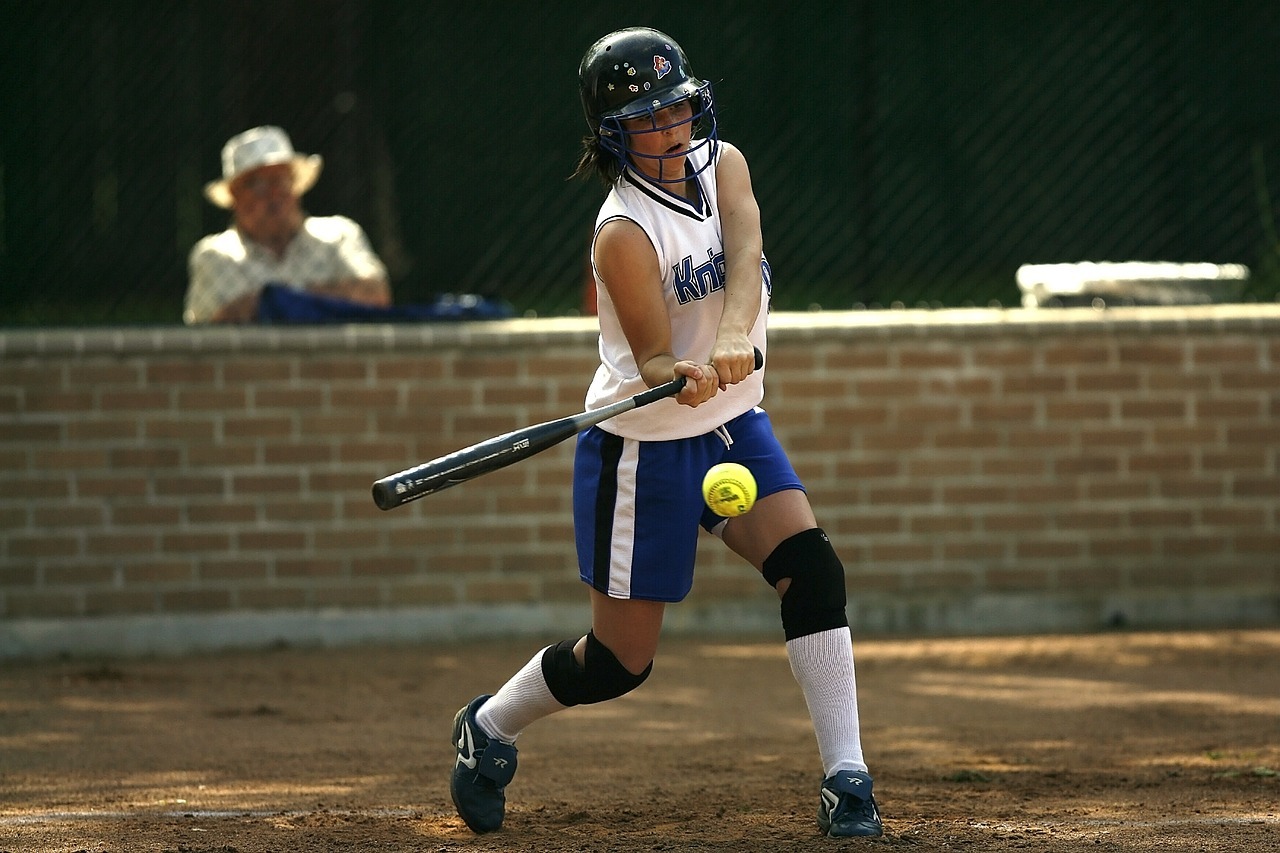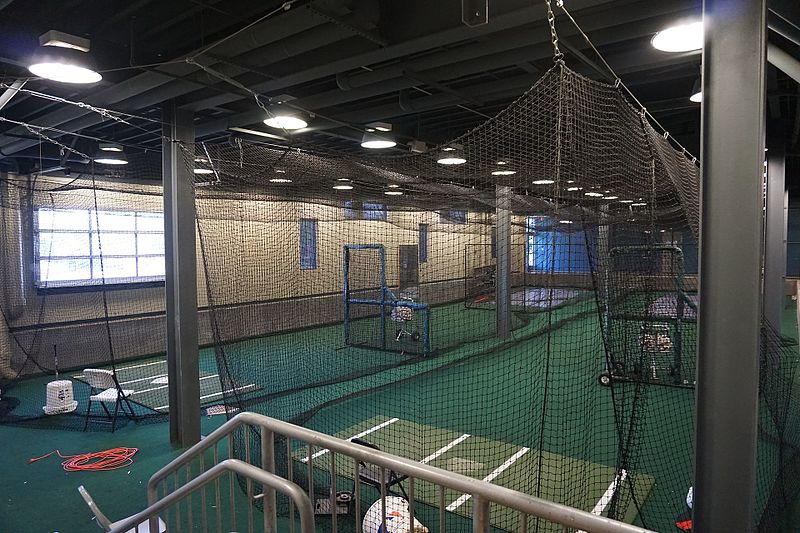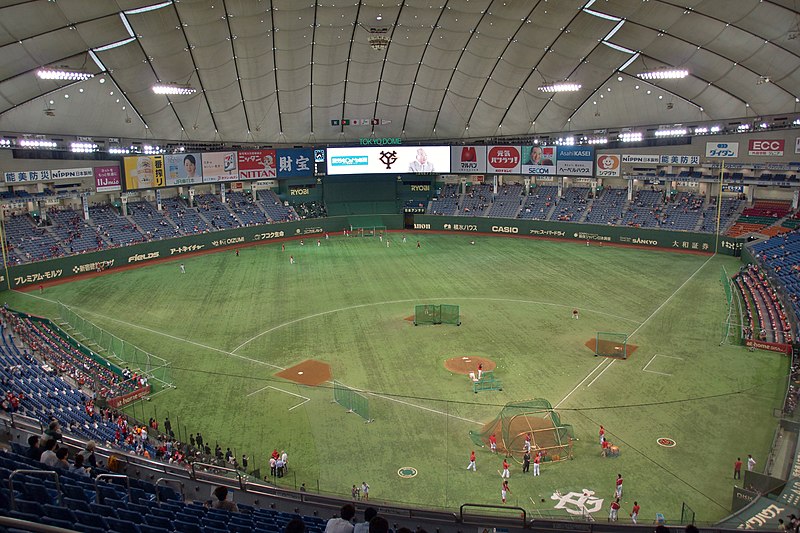Introduction
Millions of people all over the world have been playing baseball for well over a century. In order to score as many runs as they can, the two teams in this game alternate between batting and defending. Baseball is often an outdoor activity that is played on huge fields with lots of space. The game can also be played indoors and there are numerous indoor adaptations that are gaining popularity.
People who want to enjoy baseball but don’t have access to outdoor facilities or want to play during the colder months should definitely consider indoor baseball. Indoor baseball comes in a variety of forms, each with its own particular rules and guidelines.
Batting cage baseball is a well-liked variation of indoor baseball in which participants alternately smash balls thrown by pitching machines inside batting cages. To reduce the chance of player injuries and facility damage, the ball is often fashioned of a softer substance than a standard baseball. This particular variety of baseball is ideal for honing hitting techniques and enhancing hand-eye coordination.
Dome baseball is a different kind of indoor baseball that is played, as its name implies, in a dome-shaped arena that frequently has artificial turf. Dome baseball follows the same rules as conventional baseball, but the field is significantly smaller—typically around one-third the size of a baseball diamond. As a result, the game is more action-packed and fast-paced, placing a greater premium on quick reactions and strategic thinking.
The game of “wall-ball,” which involves hitting a ball against a wall and having the opposing team try to catch it before it bounces twice, is another variation of indoor baseball. Wall-ball is a terrific sport to play while enhancing reflexes and hand-eye coordination. The rules can change depending on the facility.
Regardless of the kind of baseball played indoors, Babe Ruth’s famous saying, “Never let the fear of striking out keep you from playing the game,” is a terrific reminder that it’s important to take chances, have fun, and enjoy the game.
History
The origins of indoor baseball may be found in the late 19th century, during a time when the sport was becoming becoming more and more popular. Baseball fans looked for ways to enjoy the sport year-round, regardless of the weather as baseball passion spread across the country. Due to this need, baseball was modified for indoor play, enabling participants and spectators to take part in the game even when outdoor fields were not available.
In Toledo, Ohio, in 1885, one of the earliest recorded occurrences of indoor baseball was played. The Blue Stockings and Red Stockings played a match inside the city’s Armory Hall, according to the Toledo Blade newspaper, which covered the event. The game’s regulations were altered to fit the indoor setting, including a smaller playing area and changes to the number of players.
In northern areas where bad weather made outside play tough, indoor baseball became increasingly popular during the late 19th and early 20th centuries. Different variations of the game with unique rules and modifications to fit the indoor environment developed in various places.
One of the first official indoor baseball leagues was established in 1887 when the Chicago Daily News Indoor Baseball League was established. The league attracted enthusiastic crowds and received a lot of media attention when it played games in locations like the Chicago Exposition Building and the Battery D Armory.
As indoor baseball developed further, new playing surfaces and formats were introduced. Some versions used smaller fields, frequently played on gym floors or tennis courts that had been converted, while others made equipment changes, such as the use of softer balls to prevent damage to the indoor environment.
Throughout the first decade of the 20th century, indoor baseball remained common, particularly in populated places with little access to the outdoors. However, as new heating technologies and contemporary sports facilities emerged, attention gradually returned to playing traditional baseball outside.
Nowadays, indoor baseball is played largely for fun and as a form of exercise. Players can polish their abilities and practice hitting in a controlled environment by using indoor batting cages and training facilities with pitching machines. The convenience and comfort of these indoor spaces make it possible for baseball fans to practice all year round.
The evolution of indoor baseball demonstrates the sport’s versatility and continuing popularity. Indoor baseball has had a lasting impact on the development of America’s national pastime, from its early days as a way to play during bad weather to its current function in training and recreation.
Types of Indoor Baseball
Batting cage baseball
Baseball played in a batting cage is a well-liked indoor variation that enables participants to develop their batting techniques in a secure setting. Baseball played in batting cages involves players taking turns hitting a ball that is thrown by a machine within the cage. To reduce the chance of injury and property damage, the ball is often composed of softer material than a traditional baseball. It’s a great alternative for both beginner and expert players because the speed and trajectory of the pitches can be altered to suit the player’s ability level.
Professional baseball players frequently use batting cage baseball to perfect their talents during the off-season. It is a great approach to enhance hand-eye coordination, timing, and swing mechanics. Additionally, many indoor sports facilities offer batting cages for hourly rental, making it a fun activity for friends and family to enjoy together.
Dome baseball
Popular indoor baseball style known as “dome baseball” is played in a dome-shaped field with artificial turf. Dome baseball follows the same rules as conventional baseball, but the field is significantly smaller—typically around one-third the size of a baseball diamond. As a result, the game is more action-packed and fast-paced, placing a higher value on quick reactions and strategic thinking. Players’ skills and overall performance can be enhanced by being more accurate with their throws and hits due to the smaller field.
Baseball in domes is popularly played in leagues and competitions, and some professional teams train and practice in domes. It’s an excellent way to enjoy baseball all year long, no matter the weather outside.
Wall-ball
Wall-ball is a challenging and entertaining indoor baseball variation that can be played in a variety of indoor settings, including racquetball courts, gymnasiums, and even a blank wall. The object of the game is to knock a ball against a wall and try to catch it before it bounces twice. The aim of wall-ball is to gain points by hitting the ball in a way that makes it difficult for the opposing team to catch. The regulations can change depending on the facility.
Playing wall-ball requires players to be quick and precise with their movements, thus it’s a great sport for improving these skills. Anyone looking to play baseball indoors has a convenient and affordable option in this game because it can be played with just a ball and a wall and is enjoyable for players of all ages and skill levels.
Indoor softball
View this post on Instagram
Popular indoor baseball variation known as “indoor softball” is similar to traditional softball but is played inside. Softball is a safer option for indoor play since it uses a bigger, softer ball than baseball. The game can be played in a variety of locations, such as sports halls and gymnasiums. Indoor softball follows the same regulations as outdoor softball, with teams switching off at bat and fielding. The game is quicker paced and more action-packed due to the smaller playing surface, necessitating quick reflexes and strategic thinking.
Regardless of the weather outside, playing indoor softball with friends and family is an ideal way to stay active and have fun. Indoor softball is frequently played in leagues and tournaments. Indoor softball is an excellent method to improve your abilities and enjoy baseball in a safe and regulated atmosphere, regardless of your level of experience.
Wiffle ball
Played indoors with a plastic ball and a thin plastic bat, a wiffle ball is a variation of baseball. The ball features holes that cause unpredictable movement and increase the difficulty of hitting it. The game can also be played outside in backyards, parks, or other open areas even though it is commonly played indoors. Everyone of all ages and ability levels enjoys playing wiffle ball, which can be played in a variety of locations, including gyms, sports arenas, and even homes. The smaller, lighter ball makes it safer to play indoors, and the game is made more exciting and surprising by the ball’s unpredictable movement.
Playing wiffle ball with friends and family is an ideal way to increase hand-eye coordination, reflexes, and timing. Wiffle ball is a fantastic indoor game to take into consideration, whether you’re wanting to improve your batting technique or are simply searching for something enjoyable to do.
Conclusion
There are several indoor areas where different indoor baseball games can be played. These sports include wiffle ball, dome ball, wall-ball, indoor softball, and baseball in batting cages. Regardless of the weather outside, players can improve their abilities and have fun playing baseball year-round in a safe and controlled atmosphere due to the various indoor baseball variations, each of which has its own special characteristics and advantages. There is an indoor baseball option for everyone to enjoy, regardless of their level of experience.




